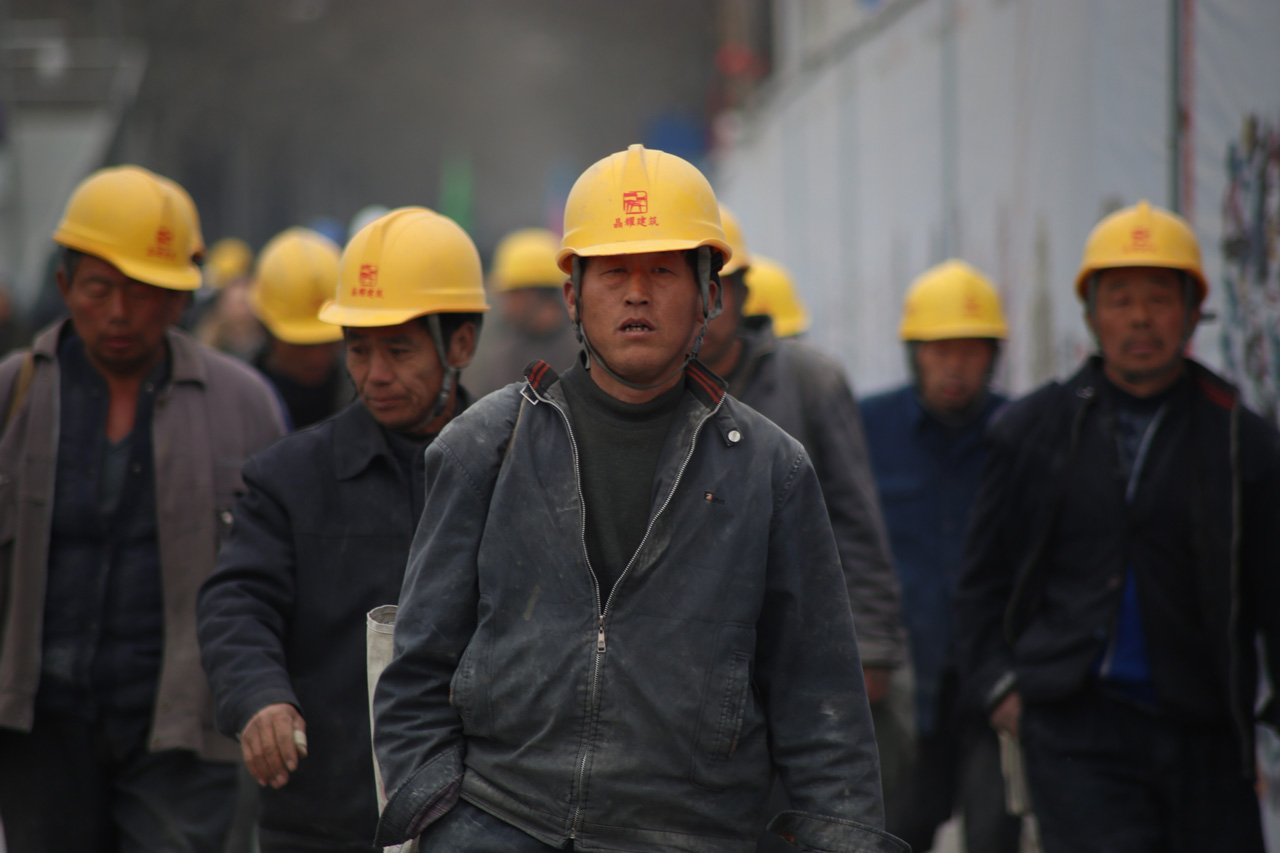Chinese foreign trade companies’ orders soared but labor shortages
At the beginning of 2020, a sudden new Covid pneumonia epidemic brought an unexpected shock to the global economy. Under the epidemic, China’s foreign trade has experienced unprecedented ups and downs. From the “order shortage” at the beginning of the year to the “burst of orders” at the end of the year, changes in the foreign trade market can be said to affect the nerves of China and the global economy.
Every year on the eve of the Spring Festival, with a large number of workers returning to their hometowns for the New Year, the manufacturing industry will usher in labor tension. The Yangtze River Delta region is one of the most concentrated areas of China’s manufacturing industry, especially for some foreign trade enterprises. With the increase in export orders, the shortage of labor in the manufacturing industry has further intensified.
Jiangsu Province is a relatively developed province in China with many foreign trade processing enterprises. According to a human resources specialist of an electronics company in Jiangsu, recruitment is a long-term task for the company. At present, most department leaders and colleagues are recruiting people from other places.
The person in charge of the production workshop of Giant’s Jiangsu factory told reporters that since the epidemic, bicycles have been selling well at home and abroad, and the rate of recruitment has not kept up with the growth of orders.
Kunshan, Jiangsu has gathered thousands of foreign trade enterprises, is one of the main export ports of domestic electronic products, and has gathered many leading enterprises in the electronics industry. At present, the employment situation is still tight due to the continued hot trade orders. Among them, large companies with tens of thousands of employees are also facing huge manpower shortages.
In a large mobile phone parts company in Kunshan, the person in charge said that the company supplies camera modules for mobile phone brands such as Huawei and Samsung, and the number of workers is usually about 10,000. In August 2020, with the listing of the new machine, the company has a short-term employment gap of more than 1,000 people.
According to customs data, the monthly export value of Kunshan in November 2020 reached 46.04 billion yuan, an increase of 23.8% year-on-year, setting a record high. Exports continue to improve, making the labor shortage situation continue to the present. As the Chinese New Year approaches, many companies are actively mobilizing employees not to return to their hometowns for the New Year, but to stay in Kunshan for the New Year. At present, many large enterprises have won over half of their workers to stay in Kunshan for the New Year. In addition to paying three times the salary to employees, some companies will also award 150-200 yuan per day to employees who work during the holiday season. This additional reward can also be regarded as a subsidy.
In fact, in recent years, recruitment difficulties in the Yangtze River Delta region have become the norm. Since 2020, due to the impact of the epidemic, the recruitment difficulties have intensified. Relevant departments can say that they are digging their heads to recruit local enterprises. In the fourth quarter of 2020 in Deqing County, Zhejiang Province, there will be 6,000 job vacancies, but the number of registered job seekers is only about 2,100, and there is still a significant shortage of labor. To cope with the shortage of labor, many cities in the Yangtze River Delta have continuously introduced policies to increase subsidies for renting houses and purchase houses, and improve service guarantees for various types of labor to attract talents.
(The above information comes from China Central Television)

